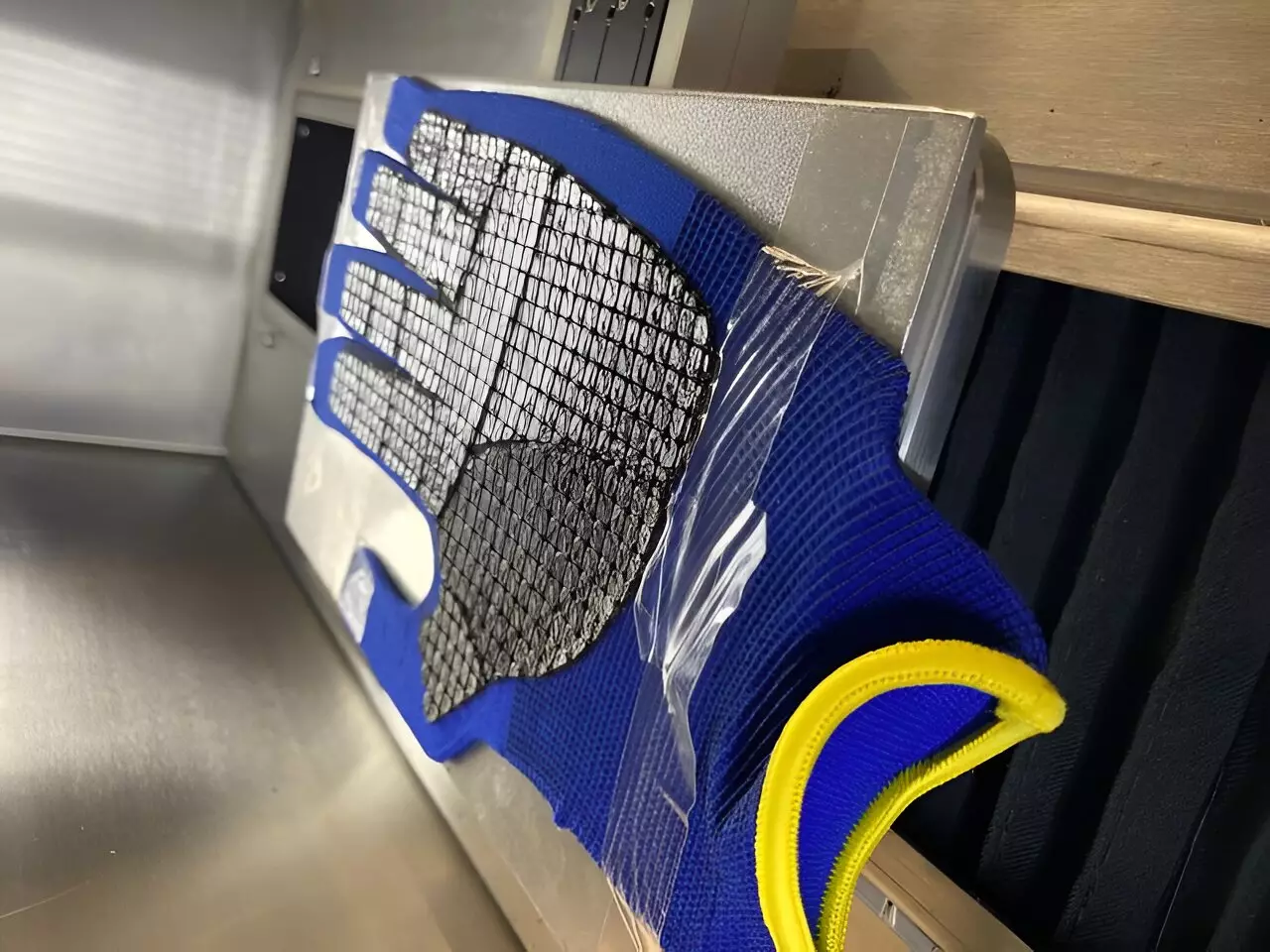Protective gloves play an indispensable role across various fields, from industrial work environments to gardening and sports activities. Traditionally, these gloves boast coatings made from oil-based polymers, latex, or nitrile rubber, which provide essential protection against abrasions, chemicals, and other hazards. However, as environmental concerns continue to grow, the demand for more sustainable materials has surfaced. Fortunately, pioneering research by scientists at the German Institutes of Textile and Fiber Research Denkendorf (DITF) is paving the way for eco-friendly alternatives that promise not only durability but also environmental benefits.
One of the standout innovations in the project is the use of lignin, a natural biopolymer predominantly found in plant cell walls and generated in substantial quantities as a by-product of the paper industry. This remarkable material presents a significant leap forward in developing sustainable glove coatings. The DITF researchers have crafted a lignin-infused thermoplastic material through the advanced method of 3D printing, fundamentally changing how we approach protective gear. Lignin’s hydrophobic nature and its slow biodegradation process position it as a long-lasting yet environmentally friendly option compared to traditional polymer coatings.
Conventional coatings can release harmful microplastics into the environment due to wear and tear. In contrast, the lignin-based coatings developed by the DITF team are not only robust but also designed with environmental impact in mind. The unique properties of lignin allow for faster biodegradation of any small particles that might shed during use. This means that protective gloves constructed with lignin can minimize their ecological footprint while maintaining high safety standards.
With the integration of 3D printing technology, the customization of gloves has reached new heights. Beyond enhancing environmental sustainability, this method permits manufacturers to tailor gloves specifically to the user’s needs. Such customization significantly improves user comfort and allows for greater freedom of movement, making the gloves ideal for tasks requiring precision or prolonged wear. This adaptability ensures that protective gear can meet the demands of diverse applications and individual preferences.
The research conducted by DITF demonstrates an effective intersection of safety, comfort, and ecological responsibility. By employing lignin in glove coatings, the project not only champions innovative materials engineering but also offers a viable path forward for sustainable practices within the protective equipment sector. As the world continues to grapple with pressing environmental challenges, adopting these pioneering technologies can lead to a new era in personal protective equipment, marking a significant step toward a more sustainable future in the workplace and beyond.


Leave a Reply